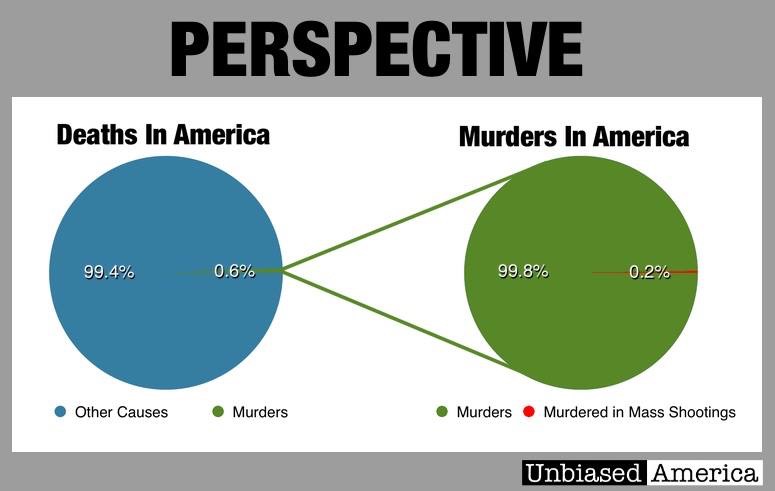Kerby Anderson
The ongoing debate about how to stem the problem of gun violence in America has often been fueled by inaccurate statistics and faulty conclusions. If we are to craft effective public policies concerning gun violence, we should insist that accurate facts and figures be available to citizens and legislators.
First, let’s at least acknowledge that violent crime has been dropping for decades. Lots of recent media attention makes it seem like violence is on the upswing. It is not. For example, the homicide rate in 2011 was almost half of the rate in 1991. The gun-related death rate in 2013 was half of the rate in 1993.
Of course, we still hear and read about how dangerous various places in America are. That is true because most of the murders are concentrated in a few areas. Over half of all murders occur in just 2 percent of the nation’s 3,142 counties. And a high percentage of those murders are linked either to gang or drug activity.
Second, a very high percentage of gun deaths are due to suicides. The Centers for Disease Control and Prevention each year publishes data on gun deaths. In every year, gun suicides outnumber gun homicides, sometimes by as much as two-to-one.
Third, most murders and other shootings are done with handguns, not rifles. The FBI Uniform Crime Report shows that most gun-related homicides are done with handguns, and rifles account for less the 3 percent of gun-related homicides.
Fourth, often we can predict what sort of person will commit a murder or mass shooting. Significant percentages of men who commit murder are in a gang or using drugs, or are an abuser in a troubled relationship. A high percentage of mass shooters have extensive histories of mental illness.
 Listen Online
Listen Online Watch Online
Watch Online Find a Station in Your Area
Find a Station in Your Area












 Listen Now
Listen Now Watch Online
Watch Online
